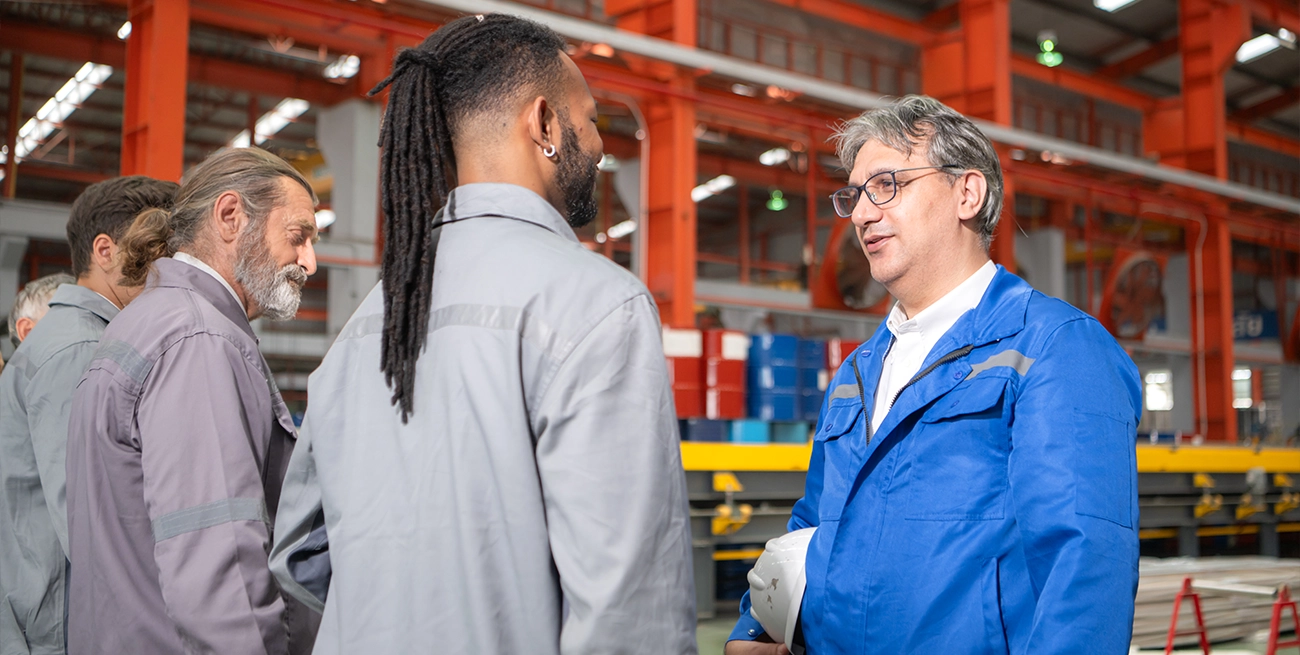Incorporating Manufacturer-Specific Training for Better Equipment Use

Operating industrial equipment effectively requires more than general knowledge; it demands familiarity with the unique features, safety protocols, and maintenance procedures specific to each machine. Manufacturer-specific training offers an opportunity to bridge the gap between basic operation and expert handling, optimizing performance and reducing costly errors.
Why Generic Training Often Falls Short
General equipment training provides foundational skills but rarely addresses nuances critical to certain brands or models. Machines from different manufacturers often have varied controls, diagnostics, software interfaces, or safety mechanisms. A one-size-fits-all approach may leave operators guessing or relying on trial and error, increasing risks of damage or accidents.
Overlooking manufacturer nuances can lead to improper use, premature wear, and unplanned downtime. Operators lacking detailed knowledge might skip essential maintenance steps or ignore warning signs unique to the machine's design. The ripple effects affect productivity, equipment lifespan, and operational costs.
Deepening Expertise Through Manufacturer Instruction
Training directly provided by or designed with the manufacturer ensures access to the most accurate, up-to-date information. These programs cover specific functionalities, troubleshooting tips, and calibration requirements often absent from broader curricula. Such insight can shorten the learning curve, enabling faster mastery and greater confidence.
Manufacturers frequently update their equipment’s technology, software, and safety features. Manufacturer-led training reflects these developments immediately, helping operators adapt without delay. It also clarifies any modifications or recalls, which standard training might not address promptly.
Enhancing Safety and Compliance
Safety protocols often vary by manufacturer, dictated by design or component specifications. Training tailored to these specifics equips employees to recognize hazards, respond appropriately, and maintain compliance with regulatory standards. When operators understand exactly how emergency stops, lockout/tagout procedures, or alarm systems function, workplace incidents decrease.
Moreover, manufacturer training highlights the importance of using genuine parts and authorized servicing, reducing risks tied to incompatible replacements or improper repairs. This approach supports compliance with warranty conditions and safety audits, safeguarding both workers and investment.
Practical Application Boosts Retention
Hands-on sessions guided by manufacturer experts allow operators to interact with real equipment, not just manuals or videos. This direct experience reinforces learning through tactile feedback and situational problem-solving. Operators become adept at identifying subtle cues—such as unusual sounds or vibrations—that indicate maintenance needs.
Practical training also facilitates better communication between operators and maintenance teams. When both groups understand manufacturer guidelines, diagnosing and resolving issues becomes more efficient, reducing downtime.
Building a Culture of Continuous Improvement
Manufacturers often offer refresher courses or advanced modules that encourage skill development beyond initial training. These programs support ongoing education as equipment evolves or operational demands change. A culture valuing continual learning improves adaptability and employee morale.
Regular updates also enable companies to leverage new features or software enhancements fully, gaining competitive advantages and operational efficiencies.
Overcoming Implementation Challenges
Integrating manufacturer-specific training can encounter obstacles, such as scheduling constraints, geographic dispersion of staff, or limited training budgets. Remote learning platforms, virtual reality simulations, or mobile apps provided by manufacturers help overcome these barriers. They enable flexible access without sacrificing quality.
Collaborating closely with suppliers to tailor training schedules and formats can align education efforts with operational cycles, minimizing disruption. Tracking training completion and competency ensures accountability and highlights when refreshers are needed.
Maximizing Return on Investment
The upfront investment in manufacturer-specific training pays off through reduced errors, extended equipment life, and enhanced productivity. Well-trained operators avoid costly repairs caused by misuse and can identify issues before they escalate.
Operational consistency improves as standardized training reduces variability in equipment handling. This consistency translates to more reliable outputs and better quality control, both critical in industrial settings.
Selecting the Right Training Partner
Choosing manufacturers or authorized providers with proven training expertise matters. Programs that combine technical accuracy with engaging delivery methods resonate better with learners. Certification options or documented assessments add value by validating skills.
Feedback loops between trainees and trainers promote continuous refinement of the curriculum, keeping it relevant and impactful. Integrating manufacturer training into broader workforce development strategies enhances its effectiveness and acceptance.
Beyond the Machine: Supporting Materials and Resources
Comprehensive training includes access to manuals, quick-reference guides, troubleshooting charts, and multimedia resources. Manufacturer-provided documentation ensures accuracy and ease of understanding.
Employers benefit from centralized resource libraries, enabling workers to revisit critical information on demand. This approach supports just-in-time learning and reinforces knowledge retention.
When Manufacturer Training Complements Broader Programs
While manufacturer-specific training addresses the particularities of equipment, combining it with broader industrial skills training enriches operator capabilities. Topics such as workplace safety, communication, and problem-solving are equally important.
A blended learning strategy equips employees with both technical proficiency and soft skills, improving overall job performance and teamwork.
Tracking Training Impact
Measuring the effect of manufacturer-specific training involves monitoring operational metrics, maintenance records, and safety incident reports. Improvement in these areas signals effective knowledge transfer.
Regular evaluations through assessments or supervisor observations help identify gaps, enabling targeted reinforcement. This ongoing process ensures training stays aligned with business goals.
The Future of Manufacturer Training
Emerging technologies like augmented reality and AI-driven diagnostics promise to revolutionize equipment training. Interactive simulations can replicate complex scenarios, enhancing preparedness without risk.
Manufacturers investing in these innovations offer early adopters competitive edges through enhanced operator competence and reduced downtime.
Injecting Energy into Training Programs
Making manufacturer training engaging helps combat fatigue and enhances absorption. Interactive modules, quizzes, and real-time feedback inject variety and motivation. Recognizing achievements through badges or leaderboards encourages participation.
A positive training culture promotes continuous learning and improves equipment utilization across the board.
Wrapping Up Without Saying It
Exploring manufacturer-specific training reveals its critical role in optimizing equipment use. Detailed instruction, hands-on experience, and continuous updates enable employees to operate machines confidently, safely, and efficiently. This focus drives tangible gains in performance and cost savings.
Industrial buyers investing in training that aligns closely with equipment features and demands set the stage for operational success. The right training program moves beyond basic operation to expert application — a difference that pays off every day on the factory floor.


